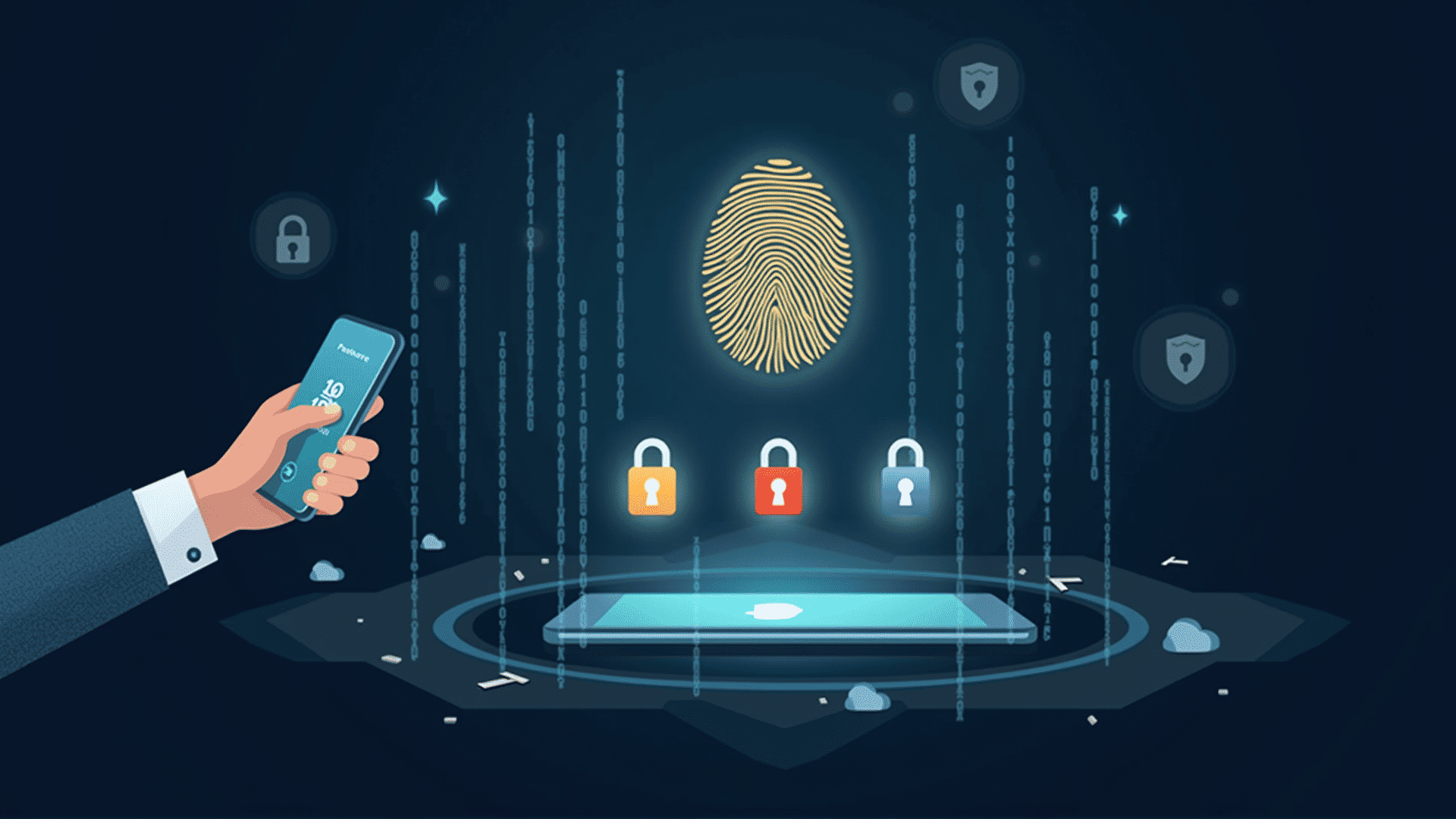In today's digital age, safeguarding personal information and ensuring secure access to various online services is more important than ever. Understanding the different authentication techniques available is crucial to protecting your online activities. Here, we explore some of these methods and how they enhance security.
1. Passwords: The Traditional Approach
The most common authentication method is password-based. Users create a secret word or phrase to gain access to their accounts. While this is the simplest form of authentication, it often falls short if not combined with other methods. Strong passwords that include a mix of letters, numbers, and symbols can bolster security.
2. Two-Factor Authentication (2FA): An Extra Layer
Two-factor authentication adds an extra layer of protection by requiring not just a password but an additional factor. This could be a code sent to a mobile device or an email. This approach ensures that even if a password is compromised, unauthorized access is not easily achieved.
3. Biometric Authentication: Using the Body
Biometric methods use unique physical traits, such as fingerprints, facial recognition, or voice patterns. These characteristics are incredibly difficult to replicate, making biometric authentication a robust security option. Devices like smartphones often incorporate these features to enable secure access.
4. Security Questions: Personalized Verification
Security questions ask users personal questions to verify their identity. While this can add a layer of protection, it is important to use answers that aren't easily guessed or discovered through social engineering.
5. Token-Based Authentication: Physical Security
With token-based authentication, users possess a physical device that generates or receives an access code. This method ensures that even if log-in credentials are stolen, access is not possible without the token.
6. One-Time Passwords (OTPs): Single-Use Solutions
One-time passwords are temporary codes used for a single transaction or login session. They are typically sent to a user's device and expire shortly after being received, reducing the risk of intercepted credentials being misused.
7. OAuth: Delegated Access
OAuth is an open standard for access delegation, often used to allow users to grant websites or applications access to their information without revealing passwords. This technique enhances privacy and control over personal data.
8. Certificate-Based Authentication: Digital Assurance
Certificate-based authentication involves digital certificates to verify a user's identity. This method provides a strong guarantee of identity and is commonly used for secure communications and transactions.
The Future of Authentication: Continuous and Contextual
As technology advances, authentication is moving towards continuous and contextual methods that analyze behavior patterns or the environment to authenticate users seamlessly without interrupting the user experience.
In conclusion, the landscape of authentication is broad and ever-evolving. Utilizing multiple methods in combination, such as biometrics combined with two-factor authentication, can significantly elevate security levels. Staying informed and adopting the most suitable techniques is essential to safeguarding personal information in our connected world.
